Top Image: Portrait of Pfc. Sadao S. Munemori. Courtesy of the Congressional Medal of Honor Society.
More than 33,000 Japanese Americans served in the US Armed Forces during World War II, with many serving with the 100th Infantry Battalion or the 442nd Regimental Combat Team. All who were part of these units served under the motto “Go For Broke,” meaning they would fight hard and risk it all for victory. Private First Class Sadao S. Munemori fought alongside his Japanese American comrades in Italy and France. In Italy, Munemori surely did “go for broke” in his attempts to break through German defenses, and ultimately sacrificed his life to protect his comrades.
On November 2, 1941, Munemori arrived at Fort MacArthur, California where he signed up for the US Army, just one month before the Japanese attack on Pearl Harbor. Following the attack and President Roosevelt’s 1942 Executive Order 9066, Munemori’s family, along with thousands of other Japanese Americans, were sent to Manzanar. Located in the Sierra Mountains of California, Manzanar was one of 10 Japanese internment camps established during the war.
The entrance to Manzanar, the interment camp Munemori's family was placed Followed Roosevelt's Executive Order 9066. Courtesy of The National Parks Service.
In November 1942, Munemori was selected for the Military Intelligence Service (MIS) language school at Camp Savage, located in Minnesota. He did not stay with the MIS long, for once he heard of the newly-established 442nd Regimental Combat Team (RCT), a segregated Japanese American unit, Munemori decided to transfer from MIS to the 442nd RCT. To make this transfer, Munemori accepted a lower rank, demoting himself from technical sergeant to private. In 1943, he visited his family in Manzanar one last time before being sent to Camp Shelby, Mississippi, for boot camp. Munemori’s mother, Nawa, kept a blue star flag hanging in her barrack at Manzanar to show that she had a son serving in the war. In turn, Munemori kept a photo of his mother with him throughout his service.
Munemori’s combat tour began in 1944, when he was sent to Italy as one of many replacement soldiers for the 100th Infantry Battalion, another entirely Japanese American combat team that engaged in deadly fighting on the Italian peninsula. While in Italy, Munemori fought in the Rome-Arno Campaign before being sent to the Vosges Mountains in France to assist in the rescue of the Lost Battalion from the 141st Infantry Regiment, 36th Infantry Division.
Upon his return to Italy in April 1945, Munemori’s unit was given the task of penetrating the German’s final and main defensive line—the Gothic Line of the Apennines Mountains in Northern Italy. On April 5, men of the 100th Battalion suffered grueling warfare on the Gothic Line, fighting their way through a seemingly endless amount of artillery shells. When Munemori’s squad leader was injured by enemy fire, Munemori immediately took command. He raced forward through gunfire toward two machine gun nests, where he successfully used grenades to take out both. As more grenades were lobbed from the enemy side, Munemori sought cover in a shell crater where two of his men were already taking refuge. An unexploded grenade hit Munemori’s helmet and rolled toward his comrades. In a split-second decision, Munemori dived for the grenade in an attempt to smother the blast with his body, sacrificing his own life to save the lives of his two comrades. Munemori’s company went on to successfully advance through the Gothic Line.
The peaks of the Apennines Mountains in Northern Italy where Munemori and his unit engaged in deadly fighting against the Germans. This was the location of the German Army's last defensive position in the Italian Campaign, the Gothic Line. Courtesy of the US National Archives.
Following his death, Nawa removed the blue star flag from her barracks, and a memorial service was held at Manzanar for Munemori along with another Nisei soldier killed in action. On March 13, 1946, Munemori was posthumously awarded the Medal of Honor. He was not only the first Japanese American to receive the congressional medal, but the only Japanese American to be awarded the medal immediately following the war. Officials presented Munemori’s medal to his mother at Fort MacArthur, the place where his military service began.
MEDAL OF HONOR CITATION
“He fought with great gallantry and intrepidity near Seravezza, Italy. When his unit was pinned down by grazing fire from the enemy’s strong mountain defense and command of the squad devolved on him with the wounding of its regular leader, he made frontal, one-man attacks through direct fire and knocked out two machine guns with grenades. Withdrawing under murderous fire and showers of grenades from other enemy emplacements, he had nearly reached a shell crater occupied by two of his men when an unexploded grenade bounced on his helmet and rolled toward his helpless comrades. He arose into the withering fire, dived for the missile, and smothered its blast with his body. By his swift, supremely heroic action Pfc. Munemori saved two of his men at the cost of his own life and did much to clear the path for his company’s victorious advance.”
Connie Gentry
Cite this article:
MLA Citation:
APA Citation:
Chicago Style Citation:
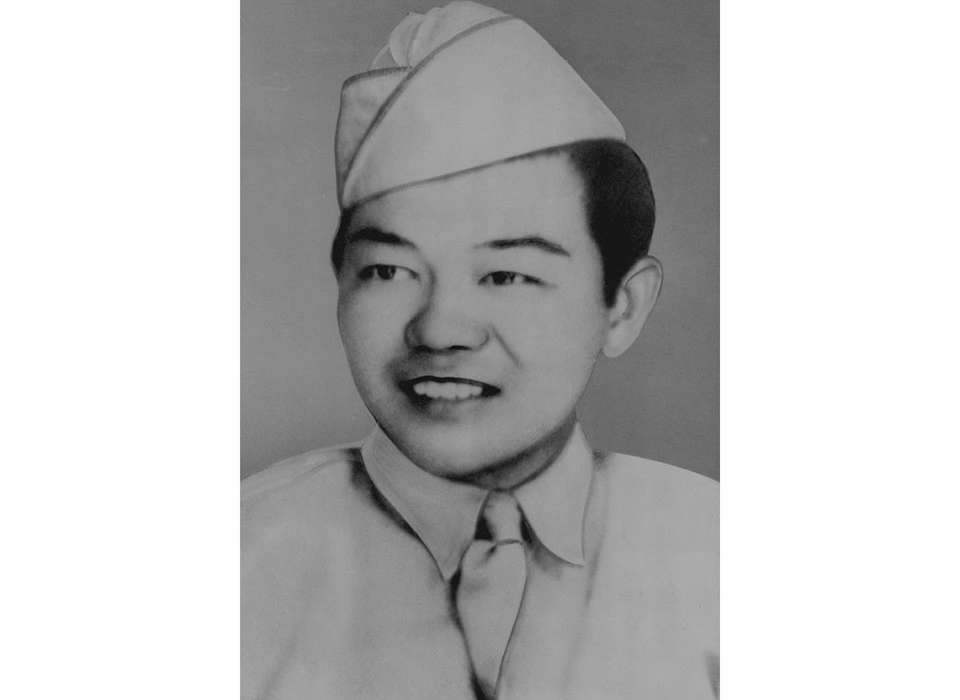
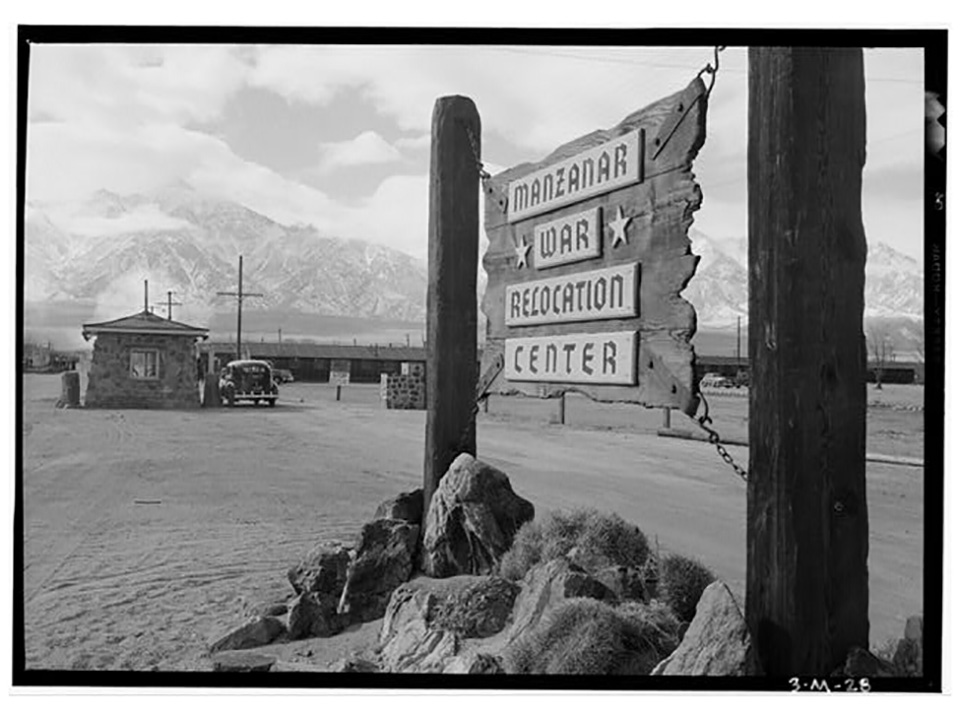
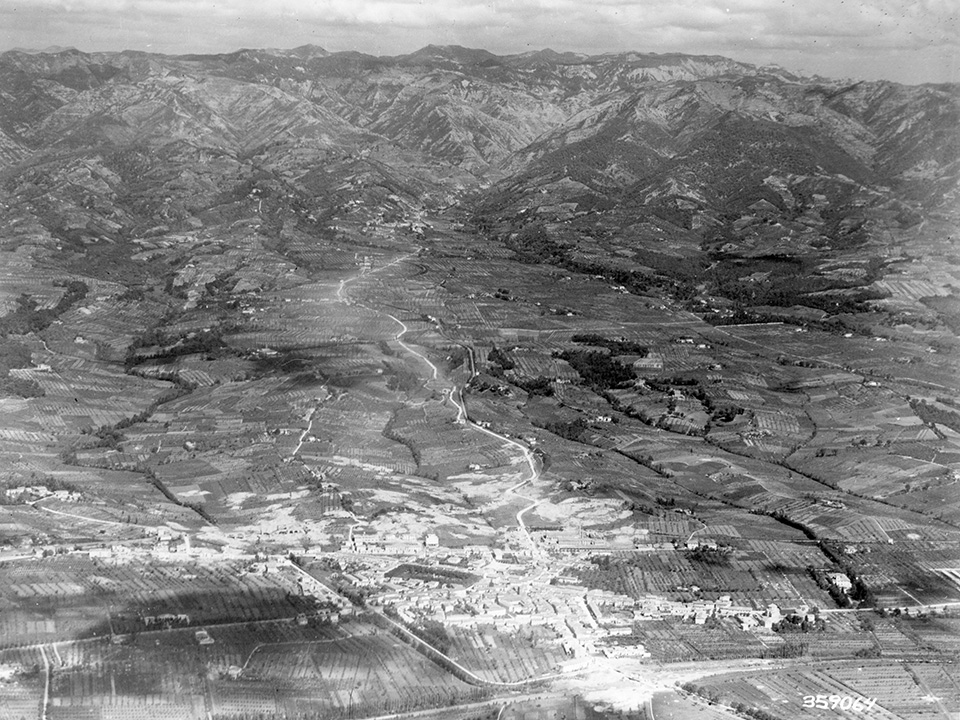

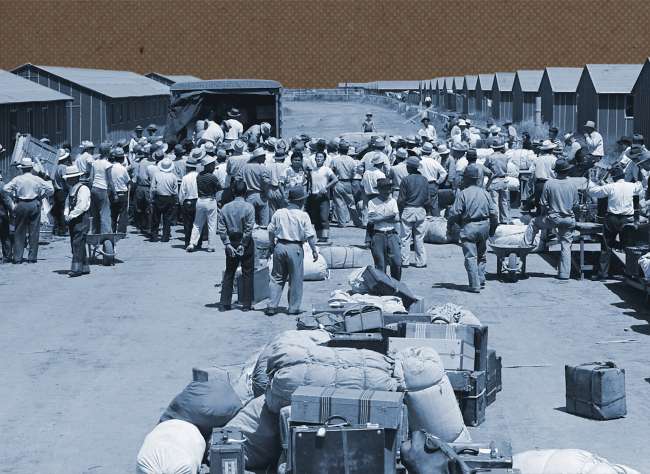
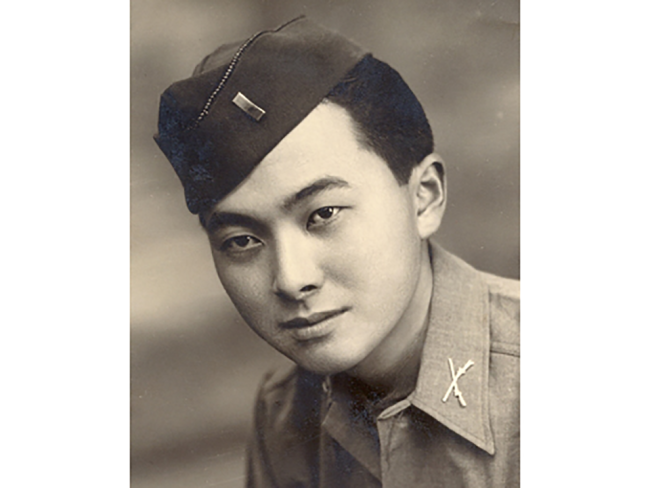
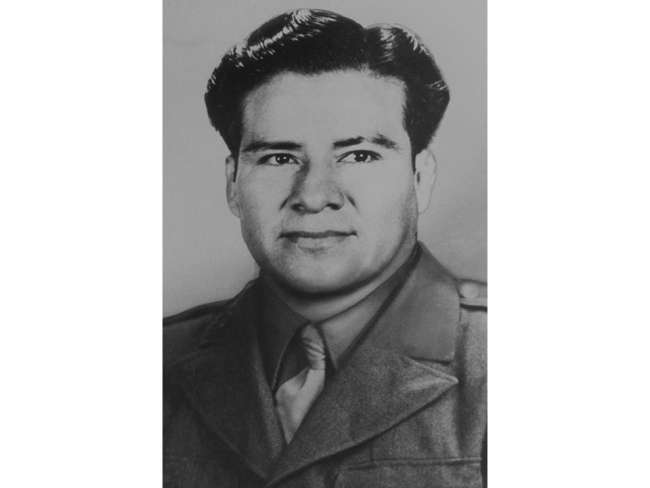
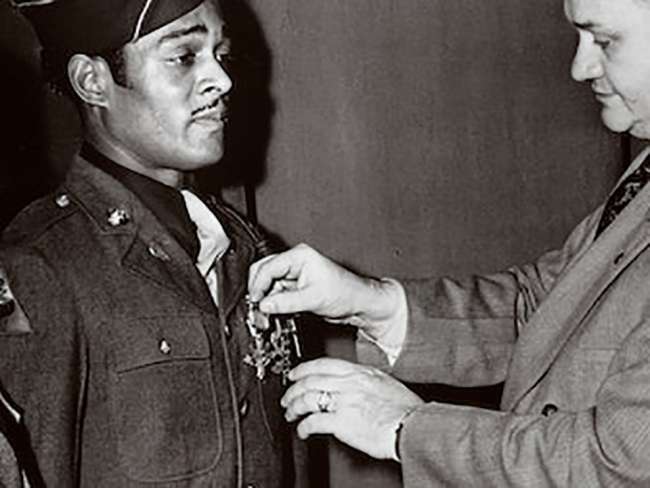
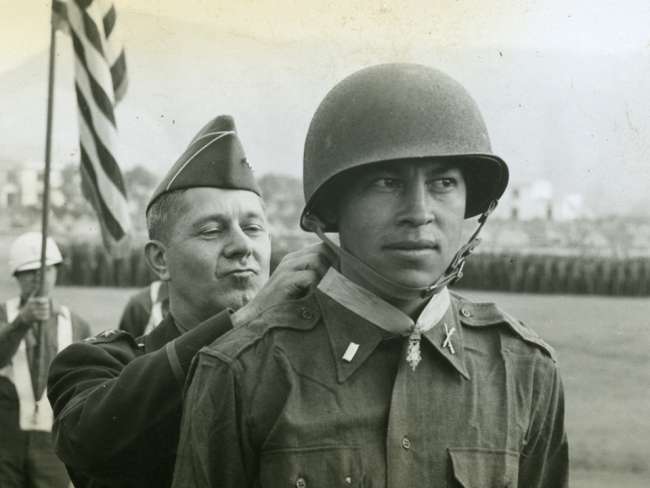



![Max Fuchs, New York City cantor, sings as Rabbi Sydney [sic] Lefkowitz, Richmond, VA, conducts the first Jewish services from Germany.](/sites/default/files/styles/max_650x650/public/2025-10/image1.jpg)



